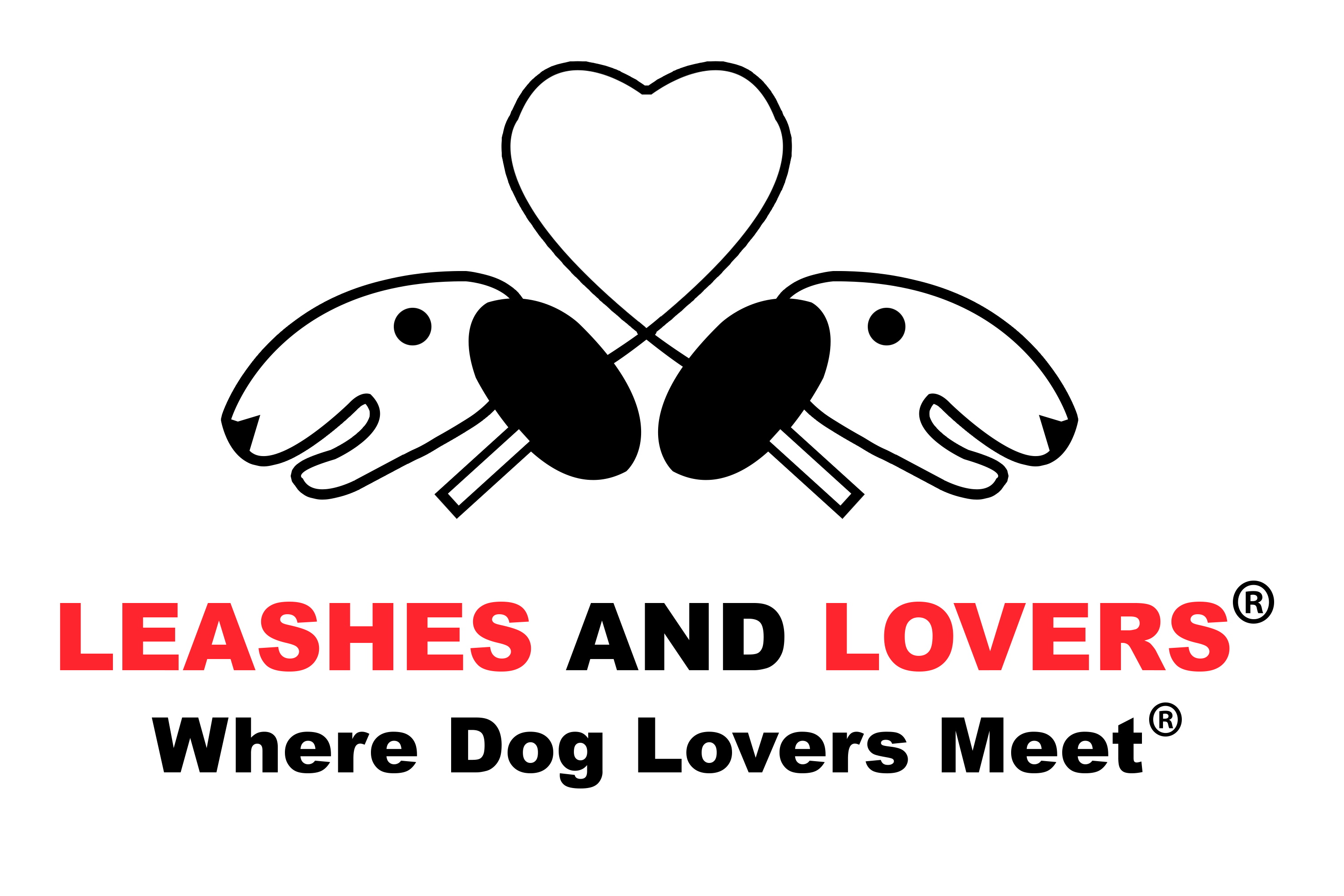Darcy Lockman
July, 2010
When the employer of New York Marketing Executive Laurie Bromley began making budget cuts last year, her monthly business trips to Los Angeles became a thing of the past — and so did her 4-year-old dachshund’s overnight stays at the dog spa and hotel. “I always had them give Bams a bath at the end of his visit,” she says, “but now that I’m not traveling anymore, I’ve stopped taking him altogether.”
While professional groomers may offer convenience, expertise and a more finished look, your dog can benefit from do-it-yourself grooming, provided you follow some expert advice. Below, Debbie Felder, owner of California-based Bowser’s Natural Pet Grooming and a product tester for grooming product company Bamboo Pet, offers tips on home care for your furry friend’s coat, skin, nails and teeth.
Brushing
Brushing your dog keeps its coat healthy and lush, stimulates circulation, gets rid of loose hair and keeps mats at bay. Dogs shed more as the seasons change, and brushing every few days may be a good idea at those times. Otherwise, every week or two is sufficient. If your dog is averse to brushing, Felder recommends carrying on a calm conversation with your canine companion as you work. “If you’re tense, the dog can feel it,” Felder explains. “Take it slow. Tell it to relax. Give your dog a massage while you brush.”
She adds, “The best way to groom at home is to elevate your dog, putting it up high, such as on a table. This takes the dog’s power away, letting them know you’re in charge.” The trick to getting rid of excess fuzz is to take off the loose coat first with a brush and then to follow that up with combing, which takes the mats out. A comb with rolling teeth is also a useful tool.
Washing
Bathe your dog every four to six weeks, and always after a good brushing. “A wet coat glues to the skin, so you want to get the loose hairs out first,” advises Felder, who also suggests putting cotton in your dog’s ears before bathing to keep the water out. “Dogs are afraid of cold water, so never just take them outside and hose them down. Always bathe them in warm water.”
Lay out your bathing supplies in advance to streamline the process. These should include a showerhead or pitcher, a diluted commercial shampoo — to make rinsing easier — and a towel or blow-dryer for drying. “I recommend shampooing your dog two times per bath,” says Felder. “They come out nicer.” She also suggests a post-bath comb-out to really finish the look.
Pedicuring
While dogs that spend a lot of time playing in yards and walking along sidewalks may not need regular nail trimming, less-active pooches should have their nails clipped about once a month to avoid overgrowth and even infection. You can buy special dog nail clippers, since human clippers are generally not sharp enough for canines. Felder also recommends using an electric, rotating stone, available at hardware stores. This grinds the animal’s nails down so they’re not as sharp.
Choose a time when your dog tends to be relaxed. If you do use a clipper, trim only nail tips to avoid cutting into the quick — the vein that runs into your dog’s nails. Avoiding the quick can be hard to do if your dog has black nails, which makes it all the more important to trim only the edge. If you do hit the vein, baking powder or cornstarch should stop the bleeding.
Tooth Cleaning
Dogs need their teeth professionally cleaned twice a year to prevent bacteria travelling from tooth tartar to their hearts. In between professional cleanings, you should also brush at home once or twice a week using a dog toothbrush and toothpaste formulated specially for dogs.
When your dog is sitting on an elevated surface like a table, hold its head firmly and open its mouth with one hand. Move the toothbrush in circular motions, starting in the back and making sure to brush at the gum line. Give your dog a crunchy and delicious treat when you finish, to reward for cooperation and to get that toothpaste taste out of its mouth.
Rules for Good Grooming
Keep grooming fun Approach your dog when you are relaxed and in a good mood. Don’t get frustrated. Talk sweetly to your dog throughout.
Tread lightly Learn from the mistakes professional groomers have made. Be gentle with your hands, keep water at a comfortable temperature and don’t force your dog to remain in an uncomfortable position for long.
Stop sooner rather than later If your dog begins to resist you during a brushing or filing session, let it go. Finish another day.
Ask for help If your dog is being uncooperative or has mats and tartar you can’t tackle, consider visiting a local groomer. You might try paying for a certain number of visits and then taking care of the job at home during other times. “Most groomers will be happy to demonstrate good techniques for you if you’re having trouble,” says Felder. You and your best canine bud can then enjoy the togetherness of grooming time for years to come.

